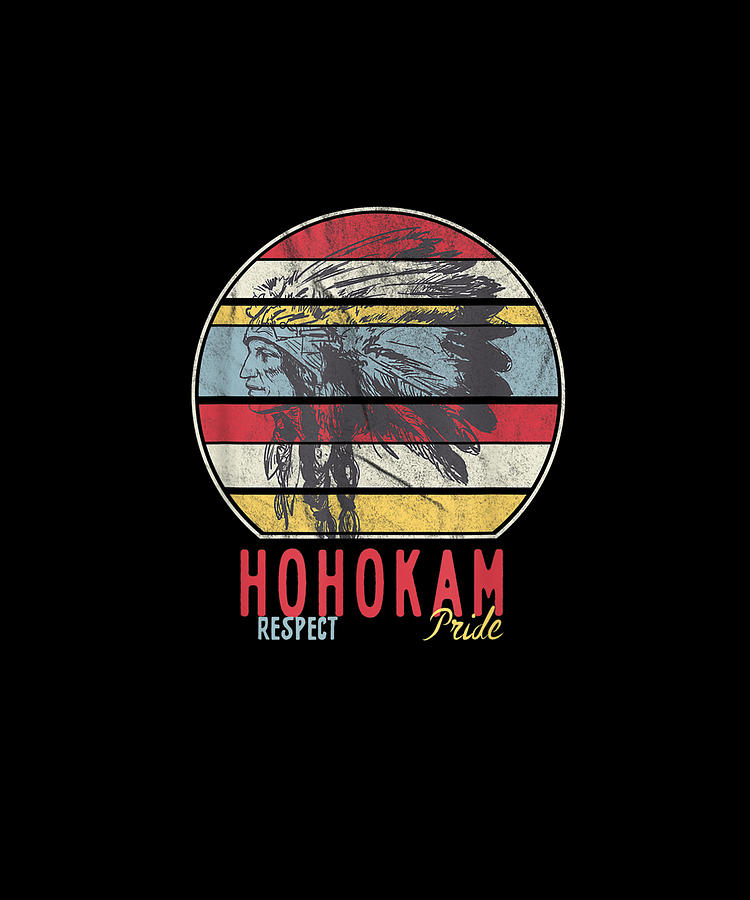

Early settlers often destroyed Indian ruins to clear land for farming, she said.Īrchaeologists knew canals constructed by the Hohokam existed under the surface there, but they had no idea the area also included ruins and human remains, she said.

Johna Hitira, who led the team of archaeologists that conducted the study, said the site was once used for farming.

Reed Porter, Trend Homes' president, said his company plans to break ground in the fall. Now, the developer, Chandler-based Trend Homes, can move forward with the project. The subdivision, which will include 760 houses, is being constructed as part of a city redevelopment project. The find temporarily delayed the development of a master-planned subdivision, said Kate Crietor, housing development manager for the city's Neighborhood Services Department. He speculated that the ruins were part of a small Hohokam village or farmstead. 1 to 1450, the Hohokam engineered hundreds of miles of canals to irrigate their fields. "We bring them back home where the proper ceremonies will take place to put their spirits at ease again," she said.īostwick said the information gathered by archaeologists at the site will be useful in further understanding the Hohokam people.įrom about A.D. It is done as a sign of respect to the dead, Johnson said, and also so, in accordance with Native American beliefs, the spirits can be put to rest again. State law requires human remains to be repatriated to the descendants of prehistoric peoples for reburial. Spiritual leaders from the tribe blessed the remains before archaeologists removed them from the ground.

The human remains will be turned over this month to the Salt River Pima-Maricopa Indian Community, the descendents of the Hohokam, for reburial, said Janet Johnson, a spokeswoman for the tribe. The remains had been partially cremated before burial, Bostwick said. The discovery raised the prospect that more Hohokam ruins lay undiscovered in south Phoenix. Under state law, an archaeological survey is required before most construction projects can begin. The 100-acre site is one of the last patches of undeveloped land in an area of the city where the real estate market is booming. "The fact that this is such a late discovery makes it extra valuable," said Todd Bostwick, the city's official archaeologist at the Pueblo Grande Museum and Archaeological Park.Īrchaeologists found the ruins in November, inches below the surface in a field near 24th Street and Roeser Road where a major subdivision is planned. Dozens of Hohokam villages and farmsteads once dotted the landscape.Īrchaeologists thought most, if not all, of the more than 700 known sites had been mapped. The greatest prehistoric farming civilization in the Americas was located where Phoenix now stands. The archaeologists have finished their work and believe all the human remains and burial artifacts have been removed. The discovery last fall of an ancient Hohokam village and the remains of several humans in a heavily populated area of south Phoenix surprised archaeologists, who had believed there was little chance of finding more Native American ruins within the city.Īrchaeologists kept the discovery a secret for several months while they removed human remains and completed a study because they wanted to protect the site from vandals and looters. Discovery of Hohokam ruins surprises archaeologistsĪUTHOR: Daniel González, The Arizona Republic


 0 kommentar(er)
0 kommentar(er)
